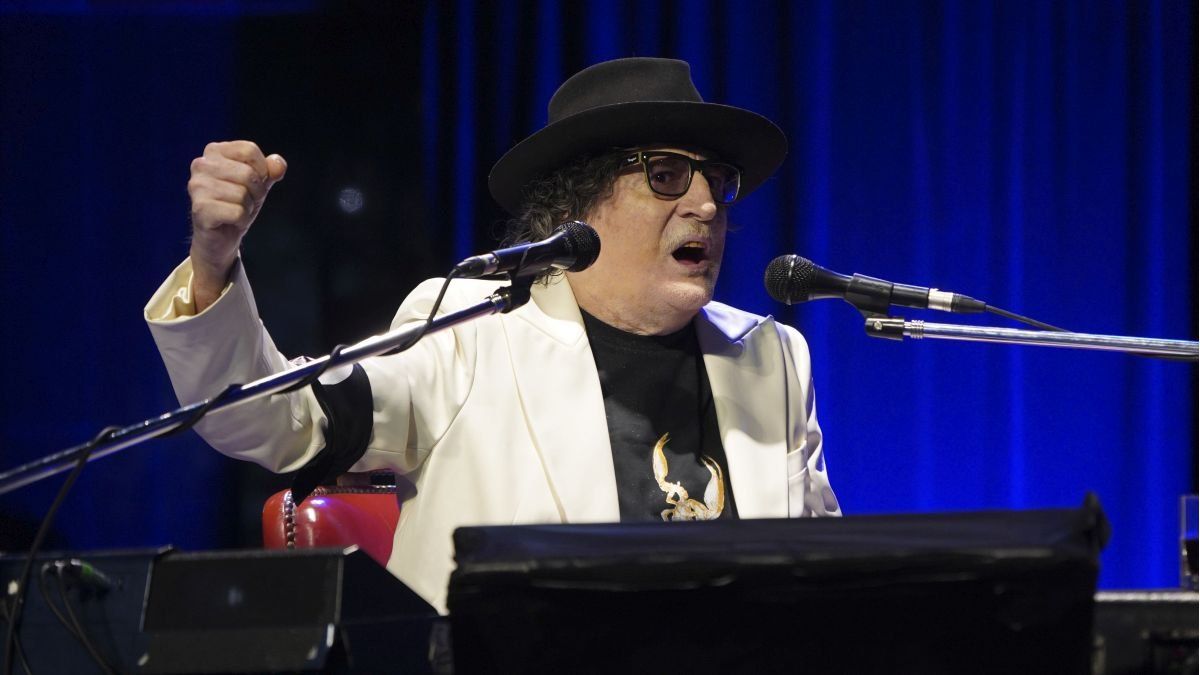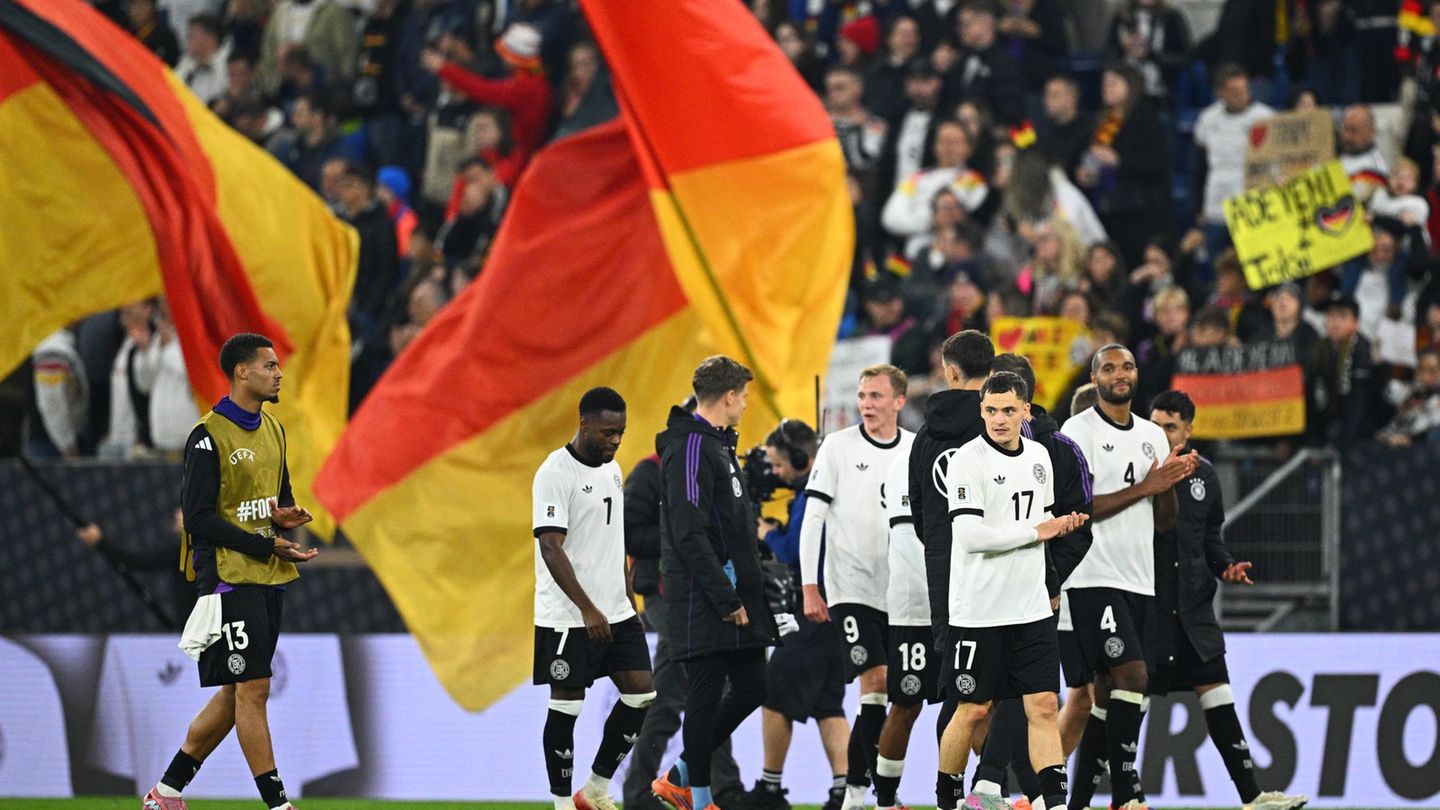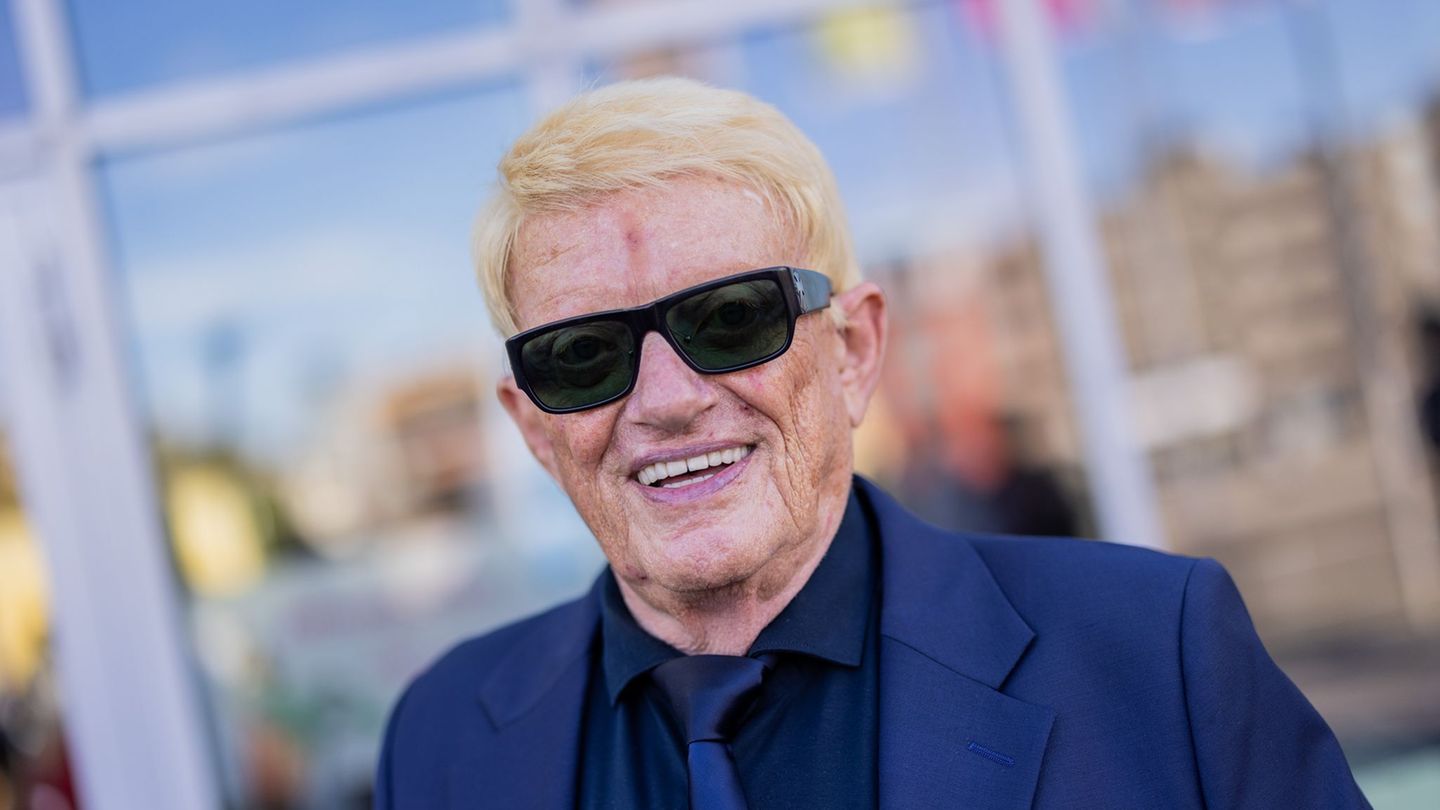“I was not afraid, because it was invisible”, Charly said about his experience in the last Argentine civic-military dictatorship, whose beginning in 1976 coincided with the formation of the progressive rock supergroup La Maquina de Hace Pajaros, which he maintained for a year – which he described as “very funny” – together with drummer Oscar Moro, keyboardist Carlos Cutaia, guitarist Gustavo Bazterrica and José Luis Fernández on bass.
In addition, he recalled the influences and the path that led him to explore that genre from adolescence, when he ventured into folk rock with Nito Mestre in the emblematic Sui Generis at the beginning of the 70s and later with the PorSuiGieco project, for which they called to León Gieco, Raúl Porchetto and María Rosa Yorio.
“There was a time when I got bored with classical music, and then there was the Beatles, who pulled the other way, and my interest in looking for new things”recounted in “Qué me contás”, from El Destape Radio about his break in the mid-60s with the academic musical education he had received until then.
That was also the time when – today emblematic – national folklore and tango figures such as Mercedes Sosa, Eduardo Falú and Atilio Stampone would meet at the family home invited by their mother, Carmen, who worked as a radio producer: “He was a quite a sui generis group. But at one point I said that I liked the Rolling Stones and the Beatles better and then I thought ‘well, the signal is very clear,'” said the author of hymns such as “Song for my death” and “I pray for you”.
These anecdotes coincide with his time in secondary school at the Dámaso Centeno Military Institute, where “There were some soldiers who were a bit heavy”, although his escape was to return to his home and his music, which also included Joni Mitchell, Neil Young and Bob Dylan.
“It seems that the things that one did not like did not last long”, he added about those years in which he began to compose, thinking “that he had feet” and that he was not going “to complain anymore, because he had already erased that people” from his head.
Charlie and human rights
The singer recalled with emotion his participation together with the Madres de Plaza de Mayo group in the Buenos Aires Vivo III cycle, held free of charge in 1999 in Puerto Madero, where he performed for almost four hours in a tribute to the disappeared in democracy and It featured guests such as Mestre, Javier Calamaro and Fabiana Cantilo.
“There is no other, they have no other,” he answered, scratching the closure on the almost obligatory question about whether “the dinosaurs are going to disappear”: “Imagine that they are still there in their barracks, they must have a pretty bad time,” he said.
Charly, who also referred to the death in November 2020 of his beloved Diego Maradona, with whom he shared “a twisted but mischievous humor”, had not offered interviews or public appearances since last October 23, and in the midst of a surprised ovation , set foot on the CCK stage, where four tribute concerts had been scheduled for the musician.
Charly Garcia’s health
Only a few close to the top local rock star knew that on that Saturday would be present at the eventwhich became one of the most important artistic gatherings of the year -with the recently recovered “normality” after the forced isolation due to the coronavirus pandemic- and in which he played with Rosario Ortega and Hilda Lizarazu in choirs, Fernando Samalea in drums, Alfredo Toth on bass, Pablo Guyot on guitar and Fito Páez and Zorrito Von Quintiero on keyboards.
Some time later, his already deteriorating health worried the public even more when in February of this year he was admitted to the Argentine Institute of Diagnosis and Treatment (IADT) for a burn on his leg caused by a domestic accident, which was confirmed after several rumors. about your status.
At the beginning of March it was learned that the musician had required plastic surgery treatments and that he had presented some clinical complications typical of the case, for which his prognosis was reserved for a few weeks; until he was released on March 25, when he was able to be transferred to his home to continue his recovery.
Source: Ambito
David William is a talented author who has made a name for himself in the world of writing. He is a professional author who writes on a wide range of topics, from general interest to opinion news. David is currently working as a writer at 24 hours worlds where he brings his unique perspective and in-depth research to his articles, making them both informative and engaging.




